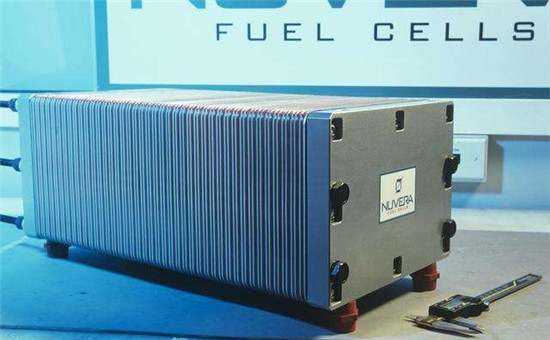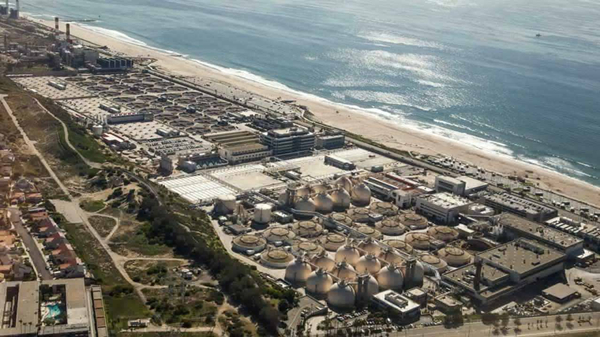Show More about Lithium Ion Battery Overcharge
Aug 01, 2019 Pageview:1251
Most of us are lithium-ion battery users. Now, they are everywhere in smartphones, players, laptops, and even in electric cars. Lithium-ion batteries are the most efficient type of batteries. They are compact, and have high energy density. However, there's one drawback. Lithium batteries can get overheated, may catch fire and explode if they're subjected to overcharging, overheating or misused. This article will discuss the overcharging behavior and protection considerations of lithium ion batteries.
What Are The Protections Of Lithium-Ion Battery Overcharge?
Overcharging may cause lithium batteries to overheat, explode and cause a fire danger. Even a slight overcharging can decrease the cell's discharge capacity, and result in over discharging. Further, it leads to heat generation, resistance and reduced cell lifetime.
To prevent this problem, manufacturers use special circuits inside the lithium power pack. Lithium ion battery packs must be used with a protection circuit to protect the cell from events like over discharging or over charging. Usually, battery protection ICs are used to secure lithium-ion battery packs. Battery ICs has two major parameters known as overvoltage threshold and under-voltage threshold. These figures are the voltage levels at their upper and lower limits. In case the cell is being overcharged, the IC is liable to optimize it. A key component of battery protection ICs is known as MOSFET that facilitate the shift of cells in and out of the circuit.
· Overcharge Protection
Since lithium ion batteries don't tolerate overcharging, it is specifically important to identify the fully charged state. Many user-oriented lithium ion batteries usually are being charged to a voltage of 4.2 volts/cell with tolerable limit of ± 50 mV per cell. Any charging exceeding the limit beyond the overcharge delay time (TOC) period can cause cell stress and results in cell oxidation which ultimately leads to reduced efficiency and capacity. Nonetheless, it can give rise to safety issues as well. However, MOSFET switch ensures that no more charging is implemented beyond the range.
· Temperature protection
A Battery pack also comes with thermistor to monitor temperature. If battery becomes overheated, thermistor gives a warning. In case of multi-cell battery packs, there's a feature called open circuit/wire detection (OCD) which is a method of tracking individual cell circuitry and voltages to ensure cell balancing. Ultimately, this improves battery's performance and life.
· Over voltage protection threshold
Lithium-ion batteries run safely within the mentioned operating voltages. However, the battery becomes unstable when it is mistakenly charged beyond to a specified voltage limit. They can be securely charged to a maximum of 4.1 V or 4.2 V/cell, but it doesn't go beyond than that.
According to Manufacturers, Lithium-ion batteries should be charged to 4.1 V during each charge cycle, which means charging should be stopped once it is near to being completely charged. These batteries could have longer life when charging is reserved to 4.1V. While selecting an overcharge Voltage threshold, you should maintain the balance between its longevity and charge per cell.
Since lithium ion batteries are equipped with built-in overcharge protection circuit and use MOSFET switches to monitor the charge and discharge paths. It also disables the circuits if specified thresholds are exceeded.
· Over-discharge protection threshold
If lithium-ion batteries are discharged below a specific threshold which is around 5% of total capacity, their performance can be damaged permanently. Usually, Lithium-ion batteries can safely function down to 2.75 per cell. However, when the voltage goes lower than over-discharge protection voltage (VOCP), discharge is stopped by switching off the discharge control MOSFET.
When you use a protected lithium cell, it doesn't pose the risk of any danger nor affect the cycle-life. This is because a protected battery is designed with some extra buffer to enable the battery cut-off between 2.2 and 2.9V/cell. This is how protection circuit shields the Li-ion batteries from abuse.
What's The Reaction Of Lithium Ion Battery Overcharge?
Overcharge of the lithium-ion battery is result of a chemical reaction that takes place between electrolyte and electrodes. This chemical reaction results in the emission of gases and heat inside the battery. Consequently, the battery expands internally, causing the casing to split open.
What happens when you charge lithium ion battery (which is designed for 4.20V/cell) above 4.30V? Well, deposition or plating of metallic lithium takes place on the anode. Delithiated cathode material, on the other side, loses its stability, becomes an oxidizing agent and generates CO2 as a result of rapid exothermic reaction. If pressure of the cell continues to rise and charging doesn't stop, the current interrupt device (CID) which is liable for cell safety will begin to disengage at 1,000–1,380kPa (145–200psi). In case the pressure rise beyond 200psi, it causes the safety membrane to tear open at about 3,450kPa (500psi) and the cell might eventually give off flame. According to a research by Takahisa Ohsaki, variety of gases such as CO2, CO, H2, CH4, C2H6 and C2H4 were evolved during overcharge reaction. The more the temperature, the more gases will be liberated.
How Do You Deal With Lithium Ion Battery Overcharge?
Lithium batteries exhibit the benefit of high energy density which means they can store a lot of energy in a compact volume. However, they do require vigilant handling to avoid risks. There are endless possibilities that can cause a lithium-ion battery to swell. Most common cause is overcharge. When it comes to handling the overcharge batteries, you should follow the below guidelines.
● Always opt for the appropriate power charger. Use top-notch quality chargers from popular brands.
● Don't plug in your devices all the time.
● Make sure to charge at moderate temperature. Avoid charging at freezing temperature.
● Lithium-ion batteries don’t need to be completely charged. Go for a partial charge.
● Make sure your devices are powered off while charging.
●Avoid deep-cycle discharges, which mean operating the battery down to the 5% - 20% and then charging it up. This practice can shorten the battery's lifespan dramatically.
Conclusion
Avoid overcharging of lithium-ion batteries as it poses a significant safety hazard. Find and select a dedicated lithium-ion battery protector.
- Prev Article: Tell Me More about Mailing Lithium Batteries
- Next Article: 18650 lithium-ion Battery Information
Leave Message
Hottest Categories
-
Hottest Industry News
-
Latest Industry News











